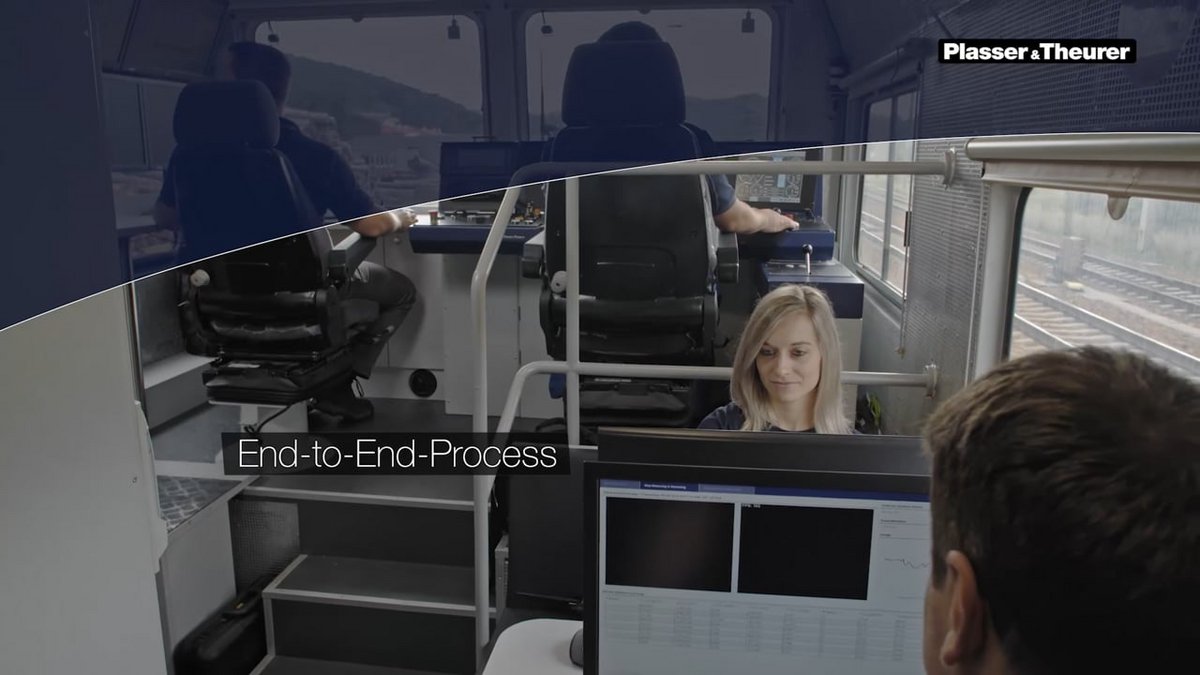The end-to-end process of digitalised track maintenance is like a jigsaw puzzle with many pieces that have to fit together perfectly. We will be demonstrating several such technological components and how they work together at iaf 2022 in Münster.
In principle, railway infrastructure operators want assets that function reliably. They don’t want expensive maintenance, and they do want fully operational assets at low cost. That is why there’s a great deal of interest in technologies that reduce maintenance expenses and track possessions. Many new developments enable direct communication between machines, among other things. They have eliminated many of the obstacles standing in the way of fully digitalised, automated track maintenance.
The first fully automated machine-to-machine communication
What typically happens is that a track inspection vehicle, such as an EM120VT, provides an exact measurement of the track geometry and sends the measuring data to a track maintenance machine via the cloud. Thanks to its integrated measuring systems, the Unimat 09-4x4/4S E³ can also take care of the measurement itself. This means the operator no longer has to feed surveying data into the tamping machine.
The tamping machine’s automatic guiding computer takes the measuring data from the cloud and guides the tamping of the track section or the turnout. The subsequent tamping report is then generated fully automatically and in conformity with the applicable standards. In addition, the results of pre- and post-measuring can be entered directly into the infrastructure manager’s database.
Something that simplifies things a great deal for the operator requires the smooth interplay of many different parts working together in the background.




